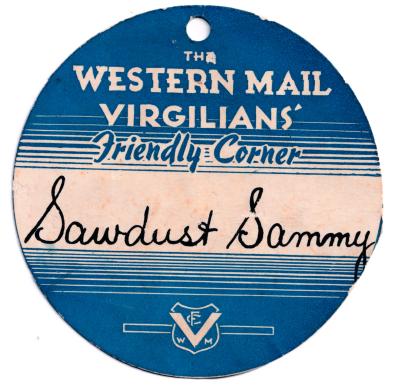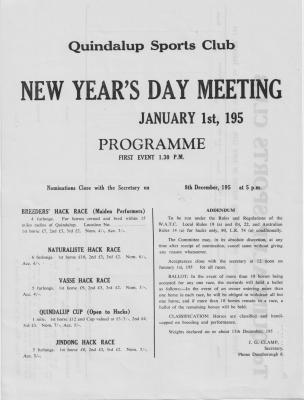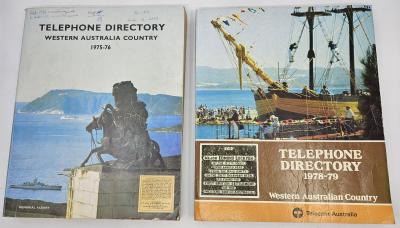Horwood Bagshaw Super Spreader
c. 1930This is a Horwood Bagshaw single spinner Super Spreader which was used locally in the 1930s. The farmer would have loaded the cart with bags of “super”, towed it around the paddock by tractor and a farmhand riding on the cart would have fed the bags of “super” into the spreader hopper as required. Usually the farmer would apply “super” right after planting.
Horwood Bagshaw, arguably Australia’s oldest agricultural machinery manufacturer, was founded in 1838 by John Stokes Bagshaw, who established the Pioneer Works in Elizabeth St Adelaide, South Australia before moving the works to Mile End. In the early years, the Pioneer Works focused on producing a range of tools and equipment for various industries, including mining and agriculture. In 1924, JH Horwood & Co was acquired by JS Bagshaw & Sons Ltd, and the two companies merged to form Horwood Bagshaw Ltd. The new company continued to produce a range of agricultural tools and equipment and became known for its high-quality products and innovative designs.
Details
Details
“Super” is a short term for Superphosphate, a widely used paddock fertilizer produced by reacting naturally occurring phosphate rock with sulphuric acid. This process converts insoluble phosphates into forms more readily available to plants and its application increases root development and causes quicker ripening. Super was first manufactured in Australia in Victoria in 1876 and production started in Perth in 1910. By the late 1920s its use had become widespread in Australia and in 1930 production started in Bunbury. It remained Australia’s most important phosphorus fertiliser on crops and pastures until the 1970s when the argument began that continued application of “super” was causing a phosphate build up in the soil which depleted microbe activity and reduced the availability of plant nutrients.
Horwood Bagshaw still make fertilizer spreaders today but famers are using these to deliver a variety of fertilizers as well as “super”.
It is conjectured that “super spreading” would have become common practice in the south west by the 1930s when Superphosphate production started in Bunbury.
Other items from Busselton Historical Society
- Fordson Model F Tractor
- International Harvester Grister
- Virgilian name tags
- Killerbys Departmental Stores Brochures
- Peake's - The Australian Grocers' Household Diary 1955
- Book - "The Church Catechism (No.70)"
- Quindalup Sports Club New Year's Day Meeting Programme
- Telephone Directory - Western Australia Country (1975 & 1978)
- Festival of Busselton - Programmes
- Jetty Marathon Walk - Record Book by John Bussell
- "Pictures of Life & Character" by John Leech
- Book - "Australia 150 Years 1788-1938"
Scan this QR code to open this page on your phone ->










